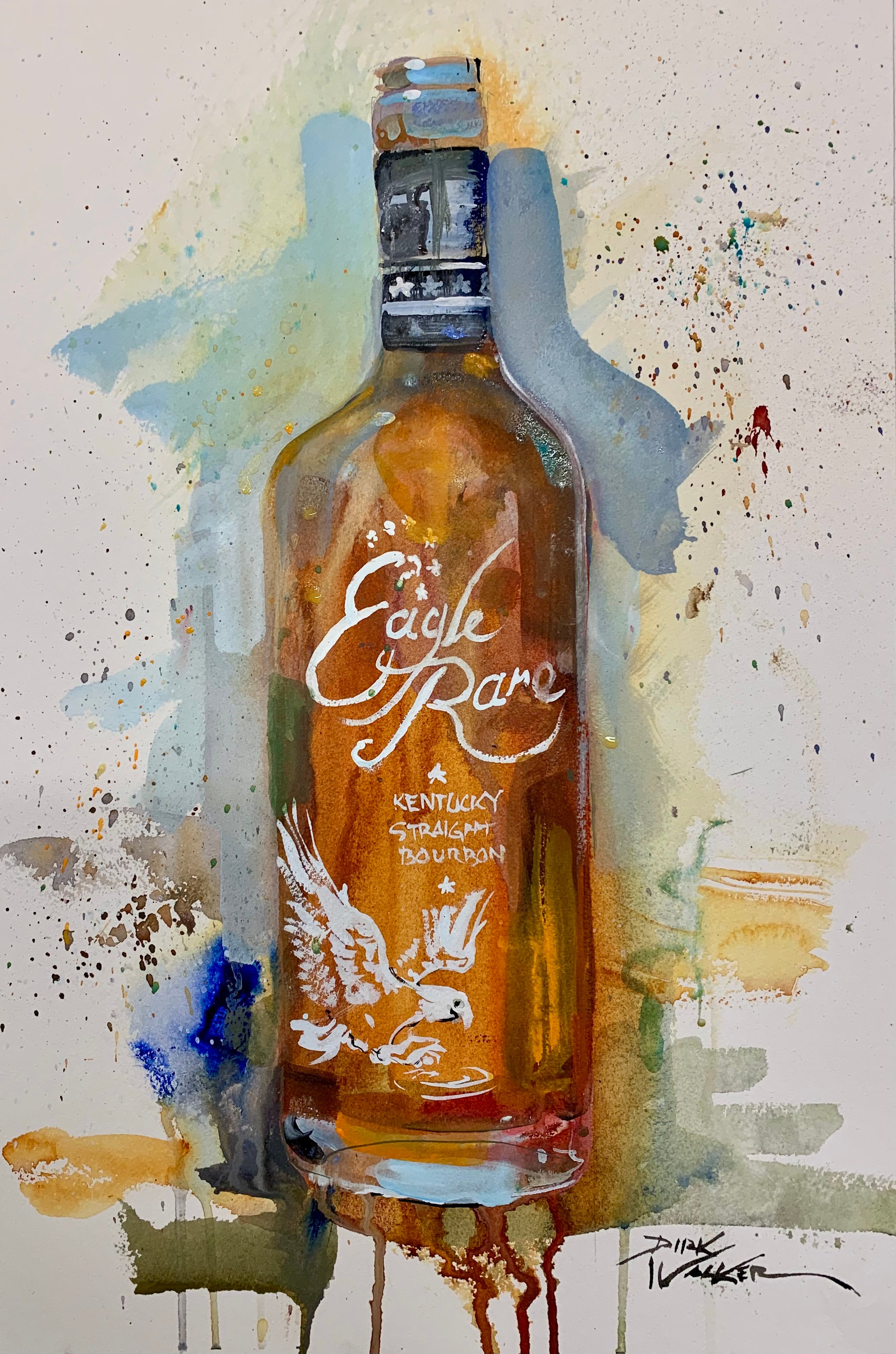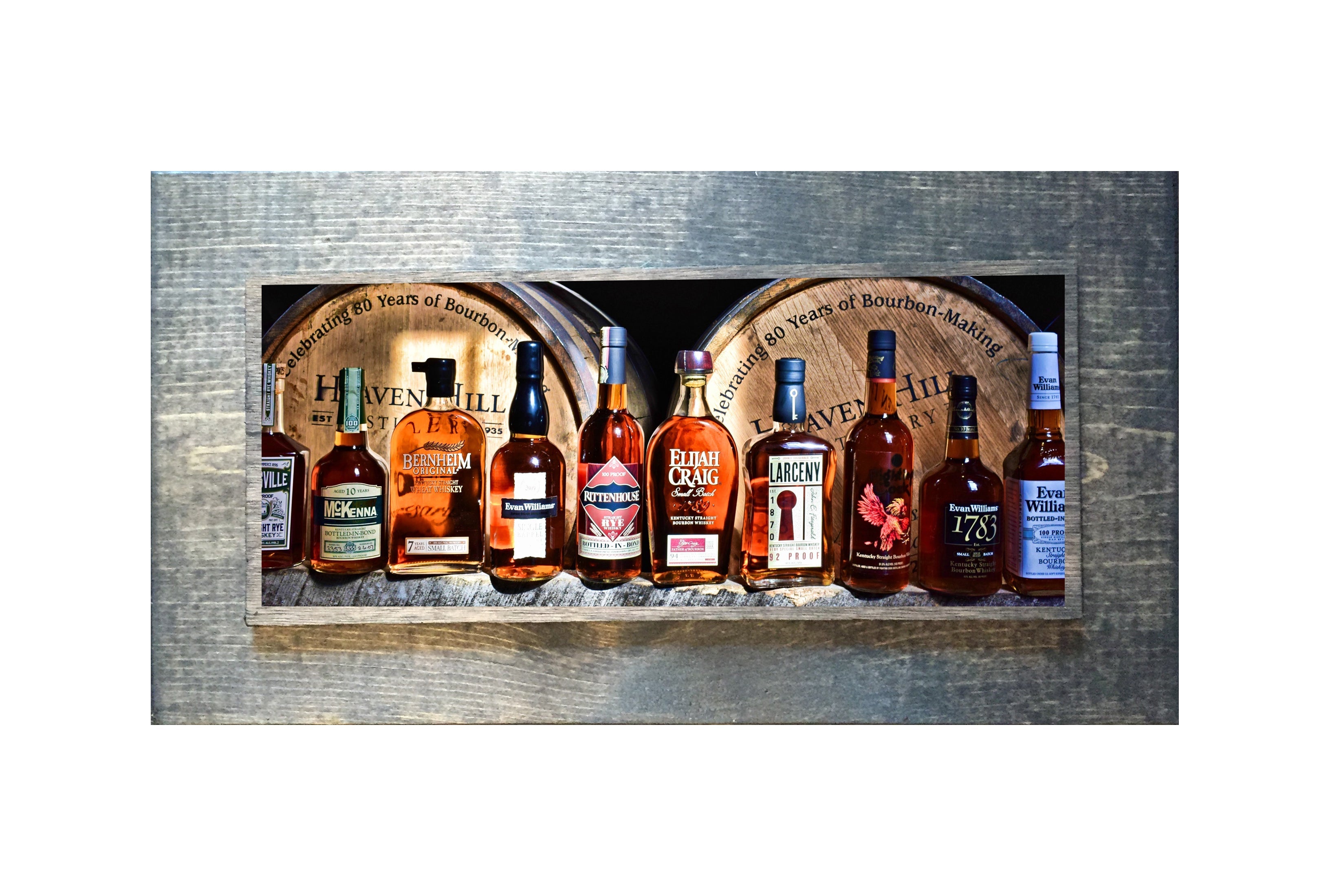The Significance of Whiskey Art in Celebrating Heritage and Workmanship in the Beverage Industry
The elaborate partnership between whiskey art and the event of heritage and craftsmanship within the drink market can not be overemphasized. With attentively created labels and containers, bourbon brands envelop their historical origins and the artisanal skills that specify their production techniques.
The Historic Roots of Whiskey
At the heart of whiskey's appeal exists a rich tapestry of historic roots that trace back to old worlds. The beginnings of whiskey can be linked to the purification practices of the Sumerians and Babylonians around 2000 BCE, where early kinds of fermented grain beverages began to arise. It was in the Center Ages that the art of distillation developed substantially, specifically in Ireland and Scotland, leading to the creation of scotch as we understand it today.
The term "bourbon" itself originates from the Gaelic word "uisce beatha," indicating "water of life." This phrase underscores the social relevance of scotch in Celtic cultures, where it was often associated with rituals, celebrations, and common bonding. By the 15th century, purification became a recognized craft within reclusive communities, leading the way for the establishment of lawful distilleries.
As trade routes expanded, whiskey's popularity grew, transcending regional borders and capturing the rate of interest of lovers worldwide. Realism Art. This historical trip shows not just the workmanship behind bourbon manufacturing however additionally its important function in social and cultural contexts, noting it as a significant drink throughout background
Artistic Expression in Branding
Bourbon branding stands as a compelling crossway of artistry and business, where aesthetic identity plays a crucial role fit consumer perception. The aesthetics of whiskey tags, packaging, and advertising materials reflect not only the brand's story yet additionally its core worths and heritage. With imaginative expression, distilleries convey a story that reverberates with consumers, evoking feelings and triggering links.
Making use of shade, typography, and imagery in branding serves to distinguish products in a saturated market. Typical themes may stimulate a feeling of credibility and craftsmanship, while modern layouts can represent technology and forward-thinking. This critical artistic direction enhances brand recognition and commitment, enabling consumers to build a personal connection with the scotch they select.
Moreover, creative expression in branding often functions as a celebration of local heritage. Distilleries often incorporate regional symbols or historic recommendations into their layouts, developing a local color that welcomes customers to take part in a wider social experience. Inevitably, the creativity behind scotch branding not just improves visual appeal yet additionally improves the general narrative of the brand name, promoting a much deeper recognition for the workmanship and heritage ingrained in each container.
Workmanship in Bottle Style
The creativity evident in whiskey branding expands past aesthetic identity to include the craftsmanship associated with bottle design. Each bottle offers as a vessel not simply for the spirit within, yet additionally for the tale it outlines its quality, practice, and beginning. The layout process calls for careful interest to information, as elements such as material, shape, and closure add substantially to the total perception of the bourbon.
Workmanship in container design includes selecting high-grade glass that can improve the scotch's color and clarity, while also giving a responsive experience for the customer. The shape of the bottle need to be both cosmetically enticing and practical, usually mirroring the heritage of the brand. Lots of distilleries choose one-of-a-kind forms or printed logos that stimulate a sense of credibility and background.
In addition, the label style and typography play an essential duty in interacting the brand name's narrative. Realism Art. A well-crafted container not just captivates the customer's eye but also reinforces the brand name's commitment to high quality and custom. By doing this, the workmanship of container layout ends up being an essential facet of the bourbon experience, merging creativity with a profound regard for heritage
Social Value of Scotch Art
Celebrating custom and workmanship, the social relevance of bourbon art goes beyond mere visual appeals, intertwining with the historical and social narratives of the areas from which it originates. Each bottle functions as a canvas, illustrating the special stories, mythology, and traditions that have shaped neighborhood whiskey-making techniques. The detailed layouts often mirror the heritage of the distillers, integrating symbols and concepts that resonate with the society and worths of their areas.

Additionally, whiskey art plays an essential function in common gatherings and events, functioning as a tangible web link between individuals and their shared experiences. By appreciating the virtuosity in scotch packaging, consumers grow a deeper understanding and regard for the craft, ultimately enriching their satisfaction of the beverage itself.
Modern Trends in Whiskey Presentation
Over the last few years, the presentation of scotch has developed to mirror contemporary preferences and trends while still recognizing conventional workmanship - Limited Edition. Distilleries are progressively concentrating on aesthetic elements that enhance the general drinking experience, connecting the gap between heritage and modernity
Innovative bottle layouts have actually arised, often incorporating sustainable materials and creative labels that inform compelling stories. Several brand names now work together with neighborhood musicians, infusing their items with distinct aesthetic expressions that resonate with consumers. In addition, limited-edition releases are typically packaged in collectible containers, adding value and allure for aficionados.

Conclusion
In final thought, bourbon art serves as an important channel for sharing the heritage and workmanship integral in the beverage industry. Through complex branding, ingenious container layouts, and culturally considerable artistic aspects, whiskey brand names properly recognize their traditions and attach with consumers.

Workmanship in bottle style involves picking high-quality glass that can boost the bourbon's color and clearness, while also providing a responsive experience for the customer. In this means, the workmanship of bottle style ends up being a vital facet of the scotch experience, merging virtuosity with a profound regard for heritage.
In final thought, scotch art serves as a vital conduit for sharing the heritage and craftsmanship inherent in the drink sector.